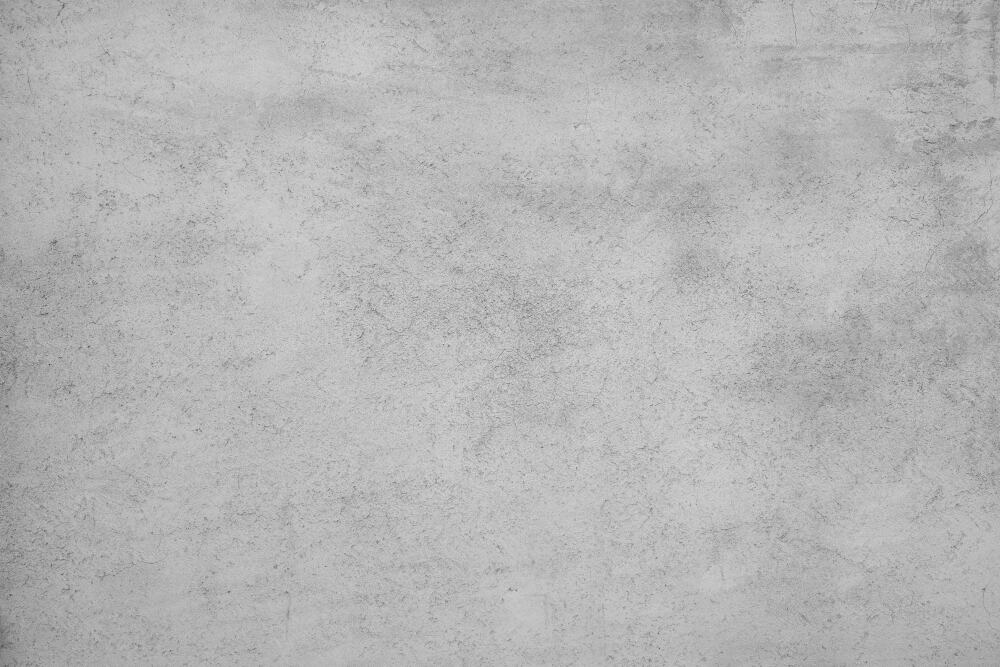When tackling drywall projects, you might encounter the question: Will drywall mud stick to concrete? Whether you’re renovating a basement, finishing a garage, or updating your home’s interior, understanding the compatibility of drywall mud with concrete surfaces is crucial for achieving a smooth, long-lasting finish. In this guide, we’ll explore the intricacies of applying drywall mud to concrete, including best practices, potential issues, and expert tips.
Understanding Drywall Mud and Concrete
Drywall mud, also known as joint compound, is a material used to smooth out seams, cover screws, and create a uniform surface on drywall. It is designed to adhere well to drywall, which is a porous and relatively soft material.
Concrete, on the other hand, is a dense, non-porous material used in various structural and finishing applications. Concrete’s surface characteristics can pose challenges when applying materials intended for drywall.
Can Drywall Mud Adhere to Concrete?
The short answer is yes, drywall mud can stick to concrete, but the process is more complex than applying it to drywall. Several factors influence the adhesion of drywall mud to concrete:
- Surface Preparation
- Type of Drywall Mud
- Application Technique
- Drying and Curing
Let’s break down each factor to understand how to achieve the best results.
Surface Preparation: The Key to Successful Adhesion
Proper surface preparation is crucial for ensuring drywall mud sticks effectively to concrete. Concrete surfaces are often smooth, non-porous, and can be prone to dust and grease, which can impede adhesion.
1. Clean the Concrete Surface
Before applying drywall mud, the concrete surface must be thoroughly cleaned. Remove any dust, dirt, grease, or existing coatings. Use a vacuum or broom to get rid of loose particles and a cleaner suitable for concrete to remove any stubborn residues.
2. Repair Surface Imperfections
Inspect the concrete for any cracks, holes, or uneven areas. Repair these imperfections using a concrete patching compound or filler. Allow these repairs to fully dry and cure before proceeding with the application of drywall mud.
3. Apply a Bonding Agent
To enhance adhesion, consider applying a bonding agent designed for use with concrete surfaces. This agent helps create a better surface for the drywall mud to adhere to by increasing the surface’s porosity and texture. Follow the manufacturer’s instructions for the application and drying times of the bonding agent.
Choosing the Right Drywall Mud
Not all drywall muds are created equal, and selecting the right type is essential for successful application on concrete surfaces.
All-Purpose Joint Compound
An all-purpose joint compound is suitable for most applications, including use over concrete. It’s versatile and easy to work with, but ensure it’s applied over a properly prepared surface.
Setting-Type Joint Compound
For better adhesion and durability, especially in high-traffic areas or where moisture is a concern, a setting-type joint compound may be preferable. This type of compound hardens chemically rather than through drying, providing a more robust bond to concrete.
Application Techniques for Drywall Mud on Concrete
Applying drywall mud to concrete requires a careful approach to ensure proper adhesion and a smooth finish.
Step 1: Applying the First Coat
Use a drywall taping knife to apply a thin, even coat of drywall mud to the concrete surface. Spread the mud in a smooth, consistent layer, pressing it firmly against the surface. This first coat helps to fill in any gaps and start the bonding process.
Step 2: Sanding and Smoothing
Allow the first coat to dry completely before sanding it. Sand the surface lightly to remove any high spots or rough areas. Ensure the surface is smooth and even before applying additional coats.
Step 3: Applying Additional Coats
Apply subsequent coats of drywall mud as needed, following the same process. Each coat should be thinner and smoother than the previous one. Allow each coat to dry fully before sanding and applying the next.
Step 4: Final Sanding and Finishing
Once the final coat is applied and dried, perform a final sanding to achieve a perfectly smooth surface. Use a fine-grit sandpaper and a sanding block or pole sander for best results.
Common Issues and Troubleshooting
While drywall mud can adhere to concrete, several common issues might arise during the application process. Here’s how to troubleshoot and address them:
Peeling or Flaking
If you notice peeling or flaking, it may be due to inadequate surface preparation or improper application of the bonding agent. Ensure the concrete is thoroughly cleaned and a suitable bonding agent is applied.
Cracking
Cracking can occur if the drywall mud is applied too thickly or if there are underlying issues with the concrete surface. Apply thinner coats and address any surface imperfections before applying the mud.
Uneven Texture
Uneven texture may result from inconsistent application or drying. Sand between coats and ensure each layer is applied evenly for a smooth finish.
Maintenance and Long-Term Care
Once the drywall mud is applied and dried, proper maintenance is essential to ensure the longevity of your finish.
- Inspect Regularly: Check the surface periodically for any signs of damage or wear. Address any issues promptly to prevent further problems.
- Keep the Area Dry: Moisture can affect the durability of drywall mud. Ensure the area is well-ventilated and free from excess moisture.
Conclusion
Understanding how to apply drywall mud to concrete surfaces is essential for achieving a smooth, professional finish. By following the correct preparation and application techniques, and choosing the right materials, you can ensure that your drywall mud adheres well to concrete and lasts for years. With the right approach, you’ll transform your concrete surfaces into beautifully finished walls that stand the test of time.
Feel free to use these insights and techniques to tackle your next drywall project with confidence. Happy drywalling!
This guide should help you address the key aspects of applying drywall mud to concrete surfaces effectively. If you have any more questions or need further advice, don’t hesitate to ask.

